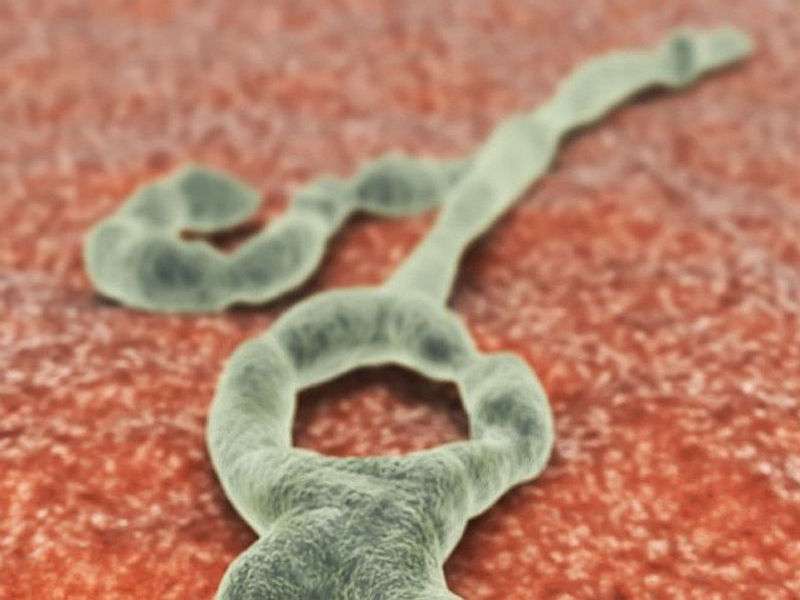(HealthDay)—A trio of papers published in the Jan. 7 issue of the New England Journal of Medicine reveal some of what has been learned about the Ebola virus.
In the first paper, members of the World Health Organization's Ebola Response Team found that women were less likely to die than men from Ebola infection. About 63 percent of women died compared with 67 percent of men, even though both genders had a similar risk of contracting the virus, the researchers reported. The WHO team ruled out age, the severity of symptoms, and the time it took for the patient to be hospitalized as factors that might explain the advantage women had over men, Christl Donnelly, Sc.D., a team member and a professor of statistical epidemiology at Imperial College London, told HealthDay.
The second paper, by a Doctors Without Borders (Medecins Sans Frontieres) team, presents the results for the anti-malarial drug combination artesunate-amodiaquine. Patients given artesunate-amodiaquine treatment were 31 percent less likely to die than those who received the usual treatment.
The third study focused on the practice of treating new Ebola patients with plasma drawn from survivors, in hopes that the plasma contains antibodies that would boost their immune response. Several of the Ebola patients treated in the United States received these transfusions, and some suspected the plasma might have accounted for the fact that most U.S. patients survived. But after controlling for other factors, researchers found no benefit for 84 patients who received the plasma versus controls.
More information:
Full Text 1
Full Text 2
Full Text 3
Journal information: New England Journal of Medicine
Copyright © 2016 HealthDay. All rights reserved.





















